We all know from our Science Fiction studies into Time Travel, that small changes in the past have a radical effect on the present. And we have seen how malicious actors have been manipulating our society using Chaos to their advantage. But how many of us consider how small actions in the present can have huge effects on the future.
Let’s explore how chaos theory can inspire strategies for positive social change in our complex, interconnected society, where small actions can ripple unpredictably into massive outcomes. By viewing society as a chaotic system—sensitive to initial conditions, prone to feedback loops, and capable of bifurcating into new states—we can identify leverage points for individuals to make a difference. I’ll weave in lessons from science fiction time-travel narratives, where tiny past changes reshape the present, to illustrate these ideas and motivate action.
Strategies for Positive Social Change Through a Chaos Theory Lens
1. Plant Seeds in High-Sensitivity Nodes Chaos theory teaches us that small perturbations in a system near a critical point can trigger exponential shifts. In society, these “nodes” are moments, platforms, or communities with outsized influence—like viral X posts, local elections, or grassroots movements.
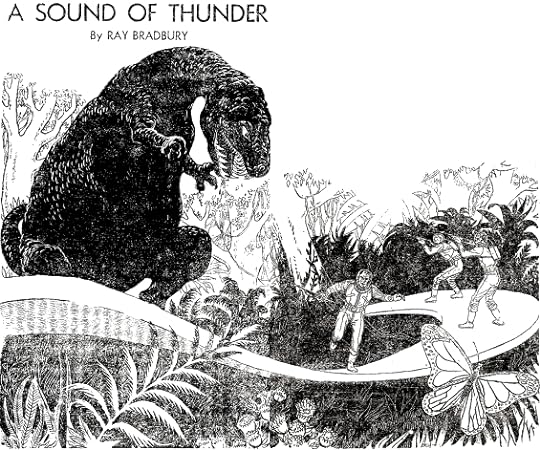
– Strategy: Focus energy on amplifying a single, positive message in a high-impact space. A well-timed social post, a community project, or a conversation with an influencer can act as a butterfly flapping its wings.
– Sci-Fi Lesson: In Ray Bradbury’s A Sound of Thunder (1952), a time traveler steps on a prehistoric butterfly, returning to find a present with a fascist government. The lesson? Tiny actions—like voting in a swing district or countering disinformation with a fact-check—can pivot society’s trajectory. Start now: share a hopeful idea in your sphere of influence, where it might catch fire.
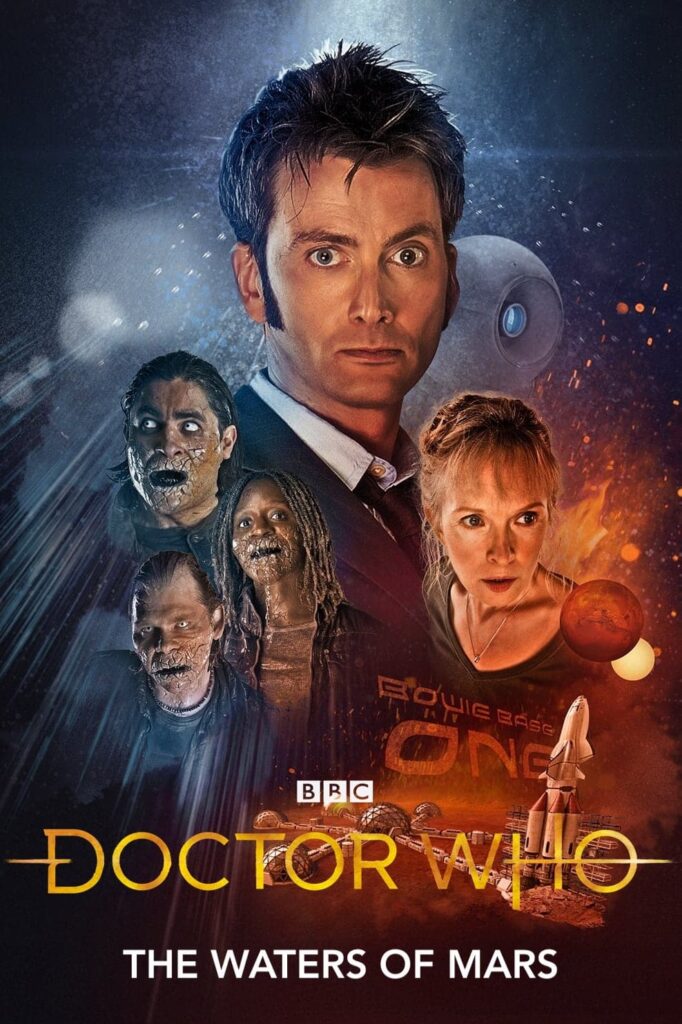
2. Nudge Feedback Loops Toward Resilience Social systems are driven by feedback—likes, retweets, and trends reinforce behaviors. Malicious actors exploit negative loops (e.g., outrage cycles), but we can seed positive ones (e.g., kindness or collaboration).
– Strategy: Create or boost self-reinforcing cycles of positivity. Organize a small act—like a neighborhood cleanup—that inspires others to replicate it, building momentum. Chaos theory suggests these loops can stabilize into new “attractors” of trust and cooperation.
– Sci-Fi Lesson: In Doctor Who’s “The Waters of Mars” (2009), the Doctor alters a fixed event by saving one person, shifting humanity’s future exploration path. The takeaway: a single act of compassion today—like mentoring a kid or supporting a struggling friend—could cascade into a more empathetic culture.
3. Exploit Bifurcation Points for Good Chaos theory’s bifurcations occur when a system hits a tipping point, splitting into new states. Societal crises (pandemics, elections) are such moments—disinformation fractures reality, but so could acts of unity.
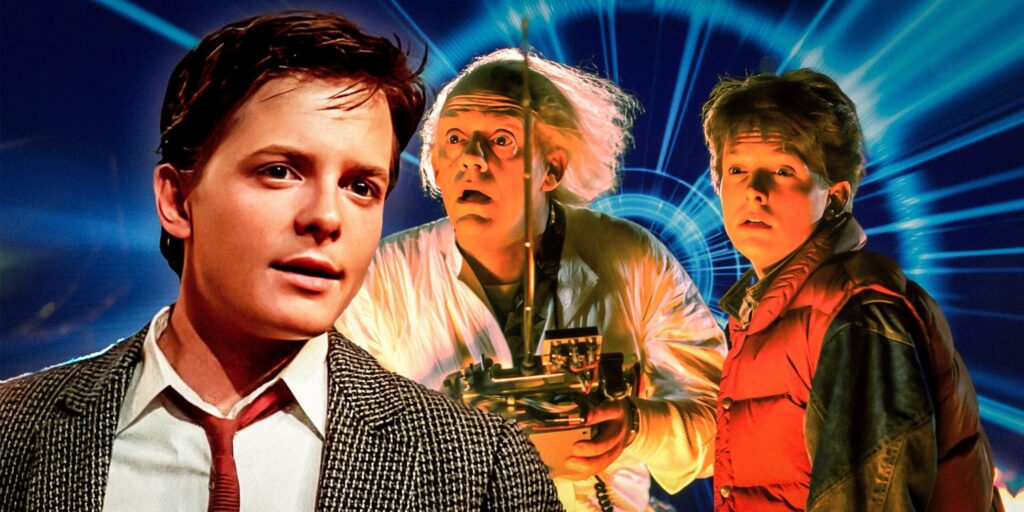
– Strategy: Act decisively during upheaval to steer the system. Launch a campaign, protest, or dialogue when tensions peak—like post-2020 racial justice marches that shifted public discourse. Small groups can tip the balance.
– Sci-Fi Lesson: In Back to the Future Part II (1989), Marty’s tiny change—stopping Biff from getting the sports almanac—prevents a dystopian 1985. The inspiration: intervene in today’s crises (e.g., climate denial on social media) with truth or action to avert a darker timeline.
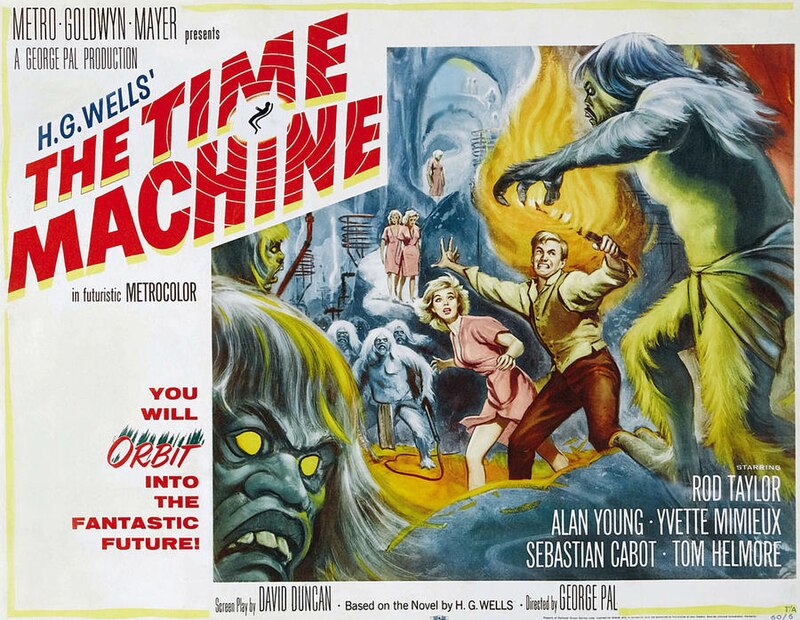
4. Leverage Fractal Scaling Chaos systems often exhibit fractal patterns—small-scale actions mirror larger structures. One person’s behavior can resonate across scales, from family to nation.
– Strategy: Model the change you want at a micro level. If you want less polarization, bridge divides in your own circle—host a mixed-political dinner or debate respectfully online. These fractals can propagate upward.
– Sci-Fi Lesson: In The Time Machine (H.G. Wells, 1895), the Time Traveller’s observations of a split society trace back to subtle class divides centuries earlier. The call to action: heal small rifts now—say, by reconciling with a friend—to prevent societal schisms later.
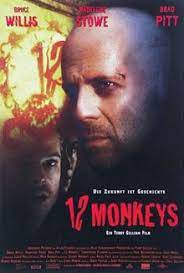
5. Embrace Unpredictability as Opportunity Chaos theory thrives on unpredictability—outcomes aren’t linear, but that’s where potential lies. A failed attempt might still shift the system indirectly.
– Strategy: Take bold, creative risks without fearing failure. Start a podcast, crowdfund a project, or challenge a norm on social media. Even if the direct result flops, the ripples might inspire others.
– Sci-Fi Lesson: In 12 Monkeys (1995), Cole’s mission to stop a plague fails directly, but his actions spark a chain reaction that saves humanity. The encouragement: your petition or protest today might not win, but it could plant a seed for tomorrow’s revolution.
Inspiration from Sci-Fi: Act Now to Shape the Future
These science fiction examples hammer home a core chaos theory insight: the present is pregnant with the future, and tiny tweaks can rewrite it.
In A Sound of Thunder, killing a butterfly wasn’t intentional, yet it rewrote history—imagine if that traveler had instead nurtured an ecosystem. Today, you could be that agent of change: a single post debunking a 2025 conspiracy might prevent a 2030 reality of mass distrust.
In Back to the Future, Marty’s quick thinking averted disaster—your quick thinking in a school board meeting could avert cuts to critical thinking programs. The unpredictability of chaos isn’t paralyzing; it’s empowering. You don’t need to be a hero—just a pebble in the stream.
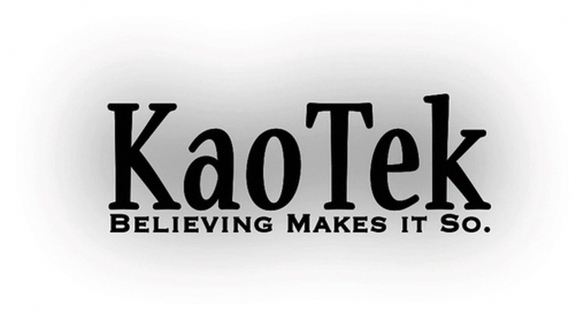
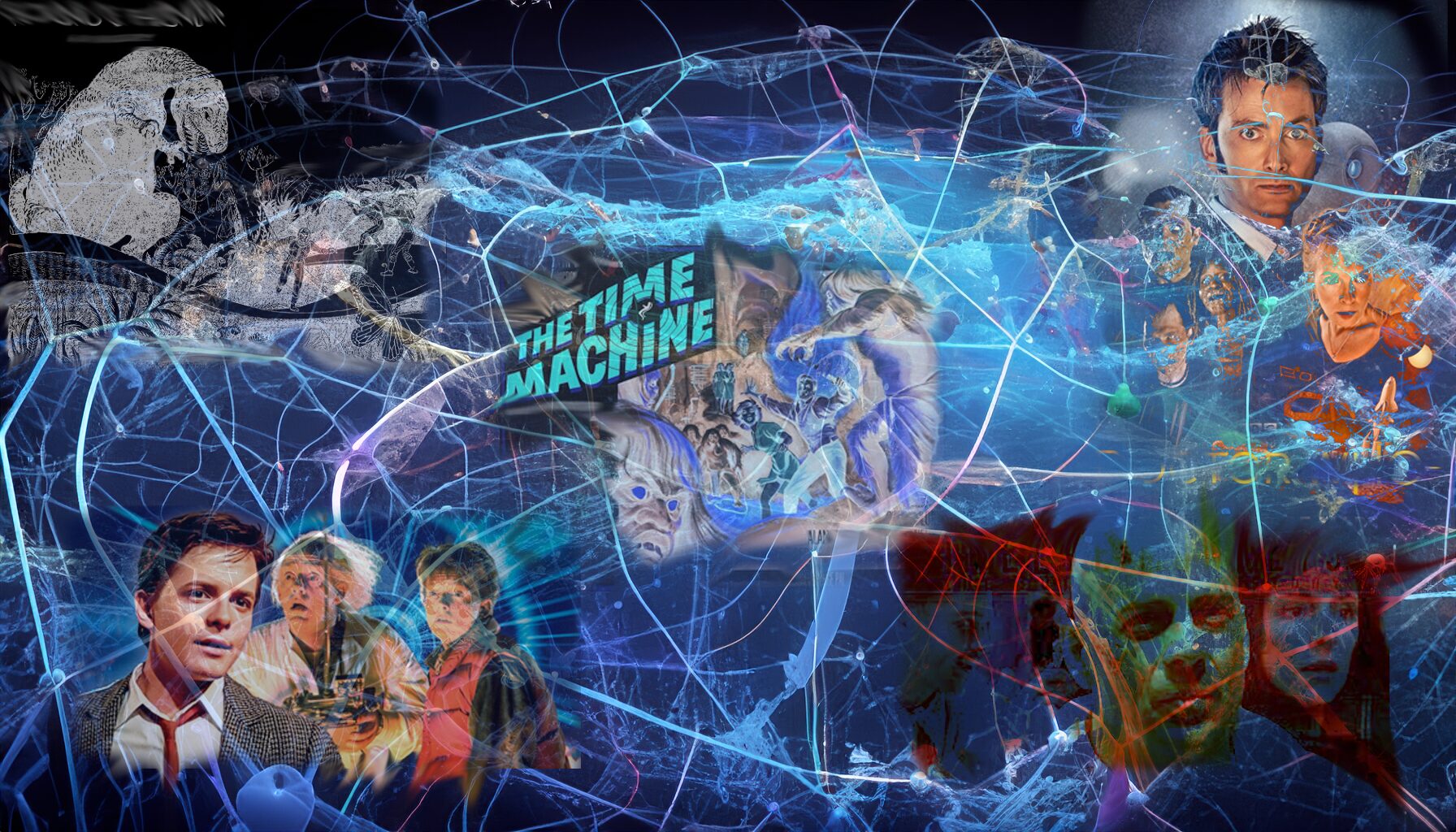
Leave a Reply